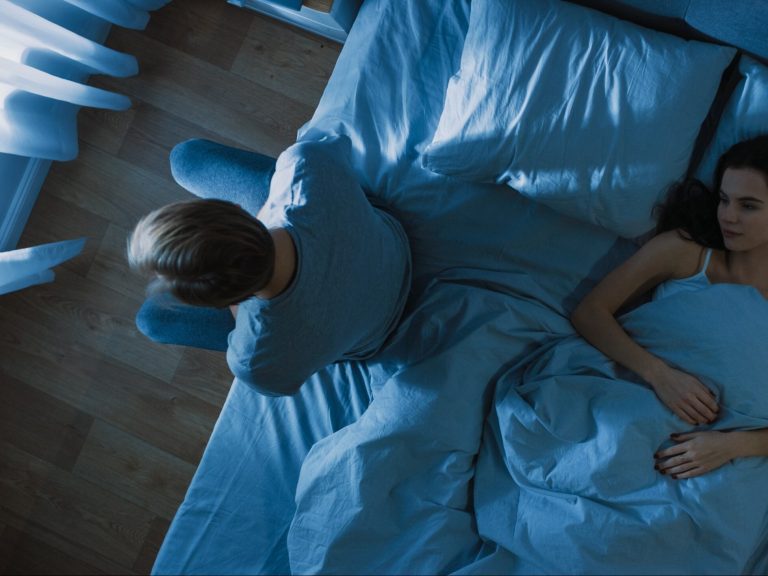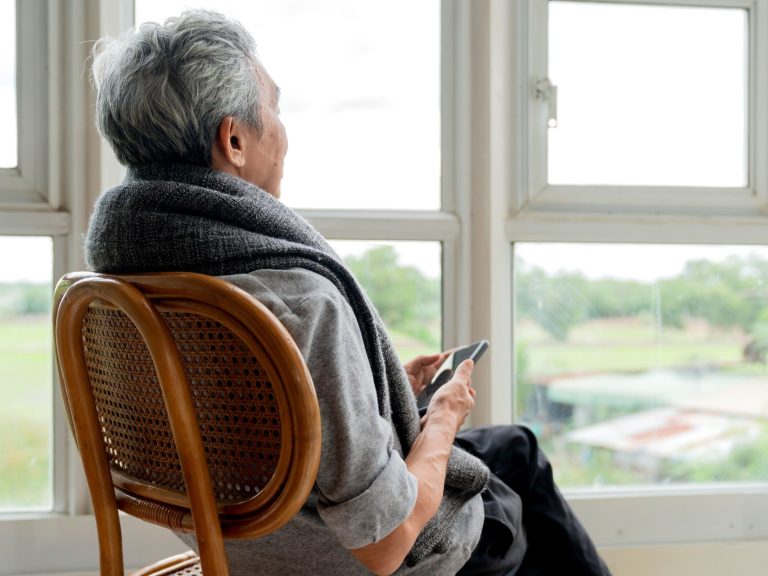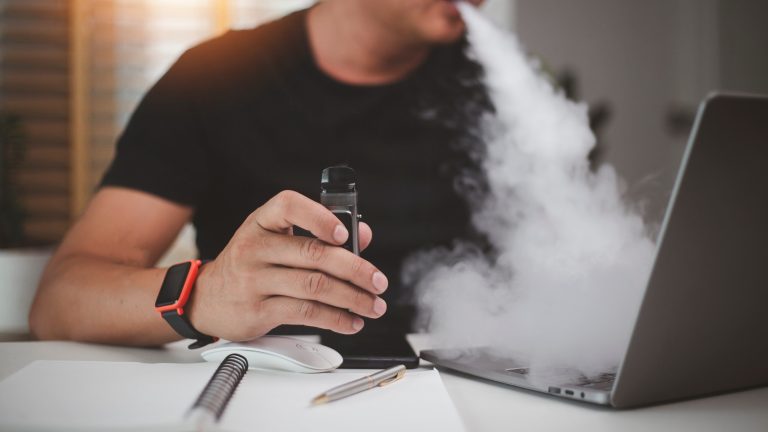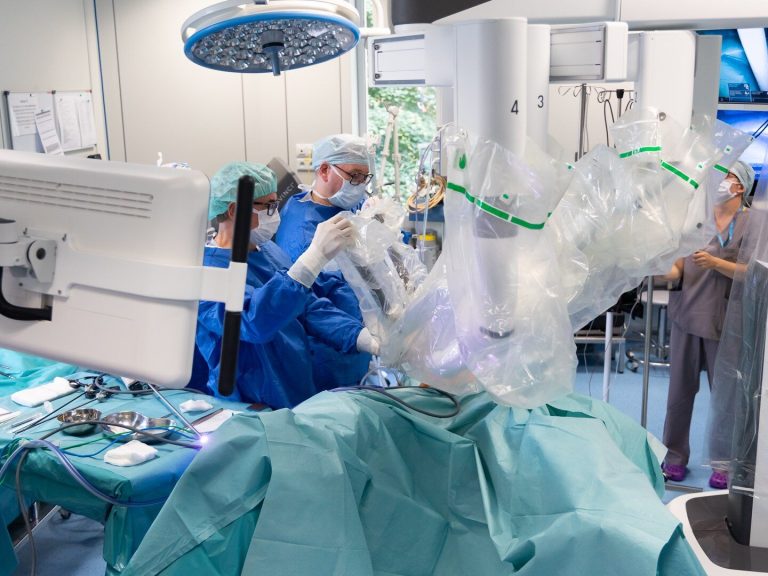Dizziness in hot weather is an alarm signal. Ignoring them may end in tragedy
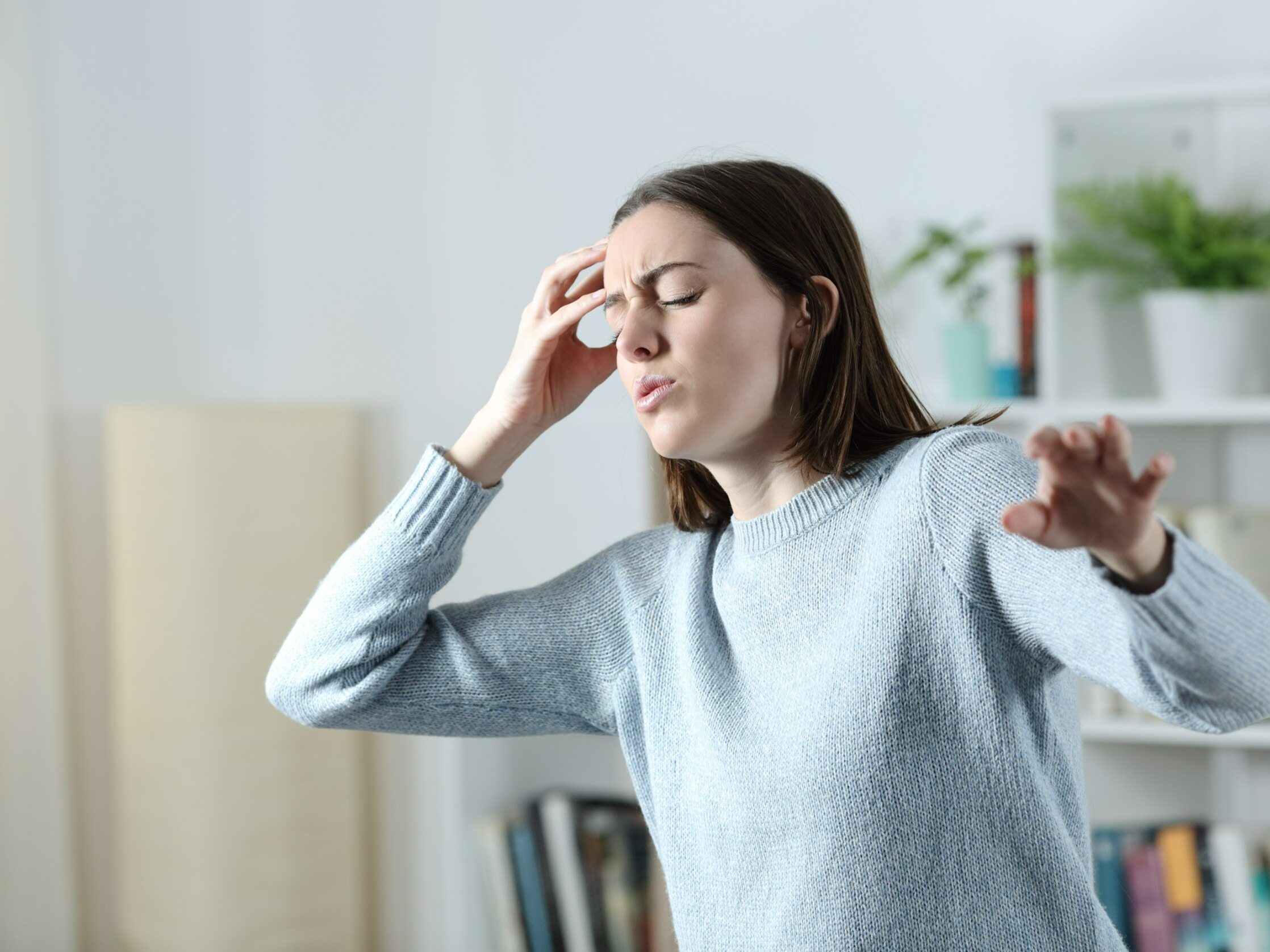
Symptoms of heat stroke may vary and are often vague, so there is a risk of confusing them with another disease or ignoring them. That’s why it’s so important to know what to pay special attention to. One of such symptoms is dizziness.
A heat wave has flooded Poland again. High temperatures are uncomfortable for us, they make everyday functioning difficult, but they can also pose a threat to our health and sometimes even life. The National Health Fund warns that the risk of heat stroke increases during such hot days. It can occur in anyone, but people over 65 years of age, small children, and people with chronic diseases are particularly at risk. Those who work outdoors or play sports should also be careful.
Dizziness may be a sign of heat stroke
When body temperature becomes so high that the body cannot lower it on its own, this dangerous condition occurs. One of the symptoms of heat stroke is dizziness, which may also be accompanied by pain – on hot days it should be a “red flag” for us and a signal that something bad is happening to our body. When temperatures are high outside, we must be very vigilant and watch our body’s reactions. Dizziness and headache resulting from heat stroke may also be associated with visual disturbances, which are another symptom of this condition.
What are other symptoms of heat stroke?
Heat stroke is a condition when the core body temperature exceeds 40 degrees Celsius, which leads to disruption of heat regulation in the body and disturbances in the functioning of the nervous system. This is a reaction of the body that appears after a long period of exposure to high temperature on our body. Other symptoms of heat stroke include:
-
high body temperature,
-
muscle cramps,
-
short breath,
-
fast heartbeat,
-
disturbances of consciousness,
-
nausea and vomiting,
-
loss of consciousness.
What to do in this situation?
If you notice that someone is showing symptoms of heat stroke, do not hesitate to seek first aid. Be sure to take (or carry) such a person to a cool and shaded place. Then try to lower her body temperature, for example by using cold compresses. If she is wearing outer layers of clothing, remove them. The next step should be to give the injured person water – but remember to give him water in small portions. After a few moments, assess the person’s condition (breathing and consciousness) – if it does not improve, call for medical help.
How to protect your body from heat?
When temperatures are high outside, we should take proper care of ourselves. How? It is important to limit the time spent in direct sunlight and hot places – this is the main factor that causes heat stroke. It is also important to drink the right amount of water and avoid dehydration (during hot weather, an adult should drink up to 3.5 liters of fluids a day). Also avoid excessive exercise on hot days, because physical activity may lead to dehydration and loss of electrolytes. Also avoid alcohol, which has a dehydrating effect. You should also remember to wear a hat and use sunscreen. Wearing light, light and airy clothing will provide relief in hot weather. Also check out non-obvious ways to cool your body.

